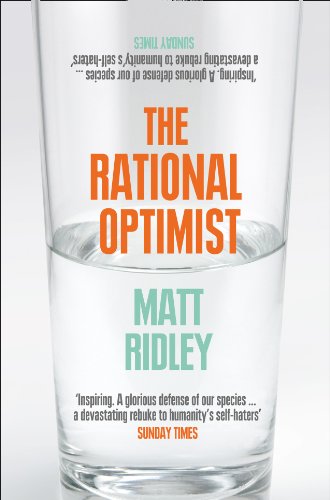Data is sexist, and that’s just the beginning.
Invisible women by Caroline Criado-Perez describes how our apparently impartial data-driven world is actually horribly gender biassed. The way data is collected, processed, analysed, and presented is all through a ‘male’ lens, and this has major knock-on effects for women. The result is perpetuation of the patriarchy and higher rates of sexual violence against women.

Key points:
- 3 main themes, which are interconnected:
- Not acknowledging women’s bodies
- Male sexual violence against women
- Women’s unpaid care work
- In almost every section of society, data, analyses, and language: male is the default, female is niche
- Women are described a subtype of men (this can be illustrated by ‘female’ being required as an adjective to describe a title that is otherwise assumed to be held by a man)
- Gaps in data means that what can be portrayed as objective is actually anything but due to gender bias in the data
- Women much more use public transport and do linked journeys but urban planning heavily built around men’s patterns (e.g. radial home-work travel versus more complicated linked journeys)
- Poor provision of toilets for women leads to increased violence against them
- Even ‘objective’ job recruitment is designed around male traits (also see Quiet by Susain Cain for further discussion on this) or uses artificial intelligence trained on heavily male biassed datasets for filtering of candidates, again favouring male applicants
- Especially in fields where ‘genius’ is a desired characteristic, which is seen as male
- Women more likely to be in insecure work, exploited, and not subject to legal protections
- Design (of just about everything) rarely takes into account the physical differences of men and women, and very rarely pregnancy. E.g. no use of female crash test dummies
- There are substantial biological differences in sex in preclinical experiments, which may mean not taking forward potentially efficacious treatments due to use of male cell lines/animals
- Women have different symptoms, investigation results, and treatment responses for almost all common diseases but very rarely is sex separated data is available, even for conditions that are female predominant
- There is a lack of ongoing research / funding for conditions that affect women
- GDP doesn’t include unpaid care work or house work, therefore GDP massively under-accounts for the work done by women
- Cutting social services pushes cost from government and onto women
- Women hit hardest by disasters and inadequate provision leads to increased sexual violence against women



